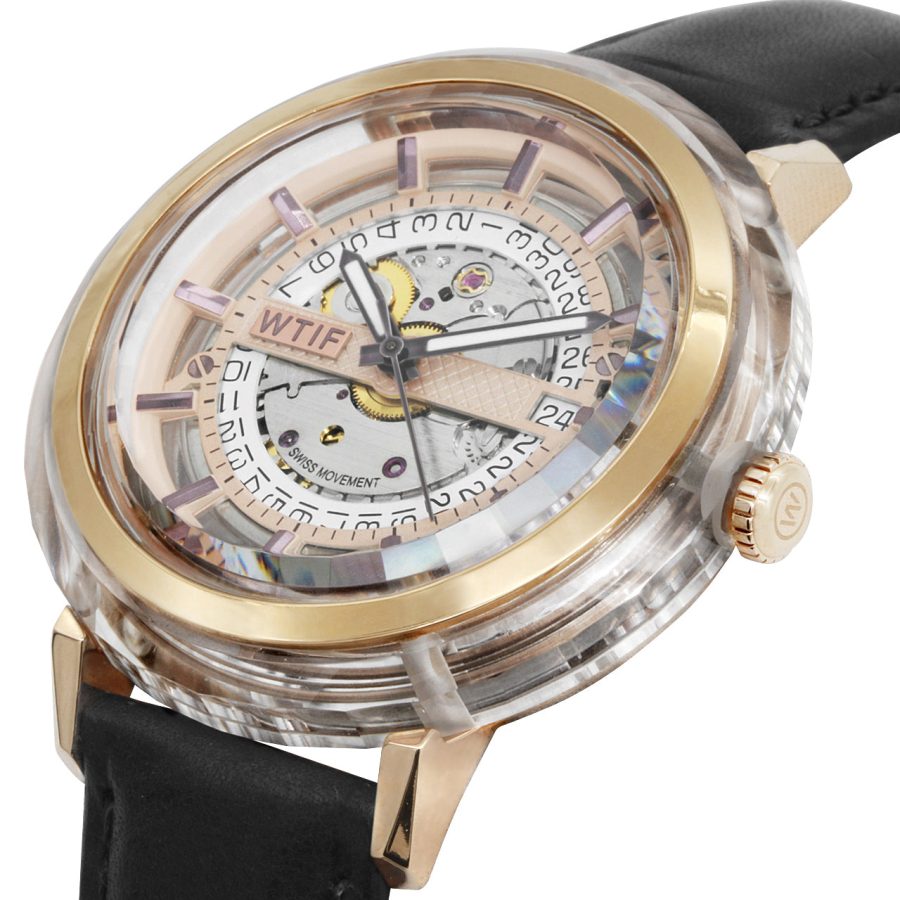Introduction
Sapphire crystal is renowned for its exceptional beauty and remarkable durability, making it a highly sought-after material in various high-end applications. Whether in luxury watches, fine jewelry, or advanced technology, sapphire crystal embodies elegance and resilience. This guide delves into the key attributes of sapphire crystal, exploring its allure, functionality, and applications.
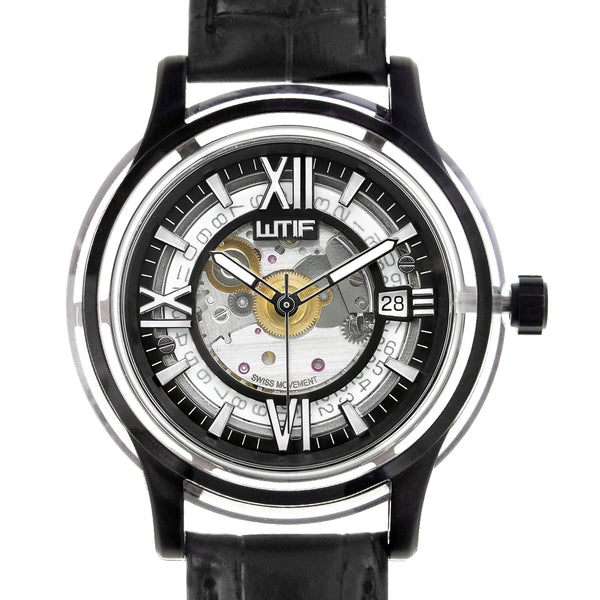
The Allure of Sapphire Crystal
Sapphire crystal is often admired for its stunning clarity and brilliance. Its captivating appearance is largely due to its natural color and luster, which can range from deep blues to transparent and even pink or yellow hues. The gemstone’s intrinsic beauty is complemented by its highly polished surface, which enhances its light-reflecting properties, giving it a glass-like finish that is both sophisticated and timeless.
The term “sapphire crystal” refers to synthetic sapphire rather than the gemstone used in jewelry. This synthetic form is created through a process known as the Verneuil method or the flux method, where aluminum oxide is crystallized under high temperatures to form a durable material. The result is a crystal with optical clarity and hardness that rivals natural sapphire, but at a more accessible price point.
Durability and Functionality
One of the most significant advantages of sapphire crystal is its exceptional hardness. On the Mohs scale of mineral hardness, sapphire ranks a 9, just below diamond, which is the hardest natural substance. This hardness makes sapphire crystal incredibly resistant to scratches and abrasions, ensuring that it maintains its pristine appearance even with regular use.
The durability of sapphire crystal also contributes to its functionality in various applications. In luxury watches, sapphire crystal is used for watch faces due to its scratch-resistant properties, which keep the timepiece looking new over time. Its high clarity ensures that the watch’s dial remains easily readable, while its resilience protects against everyday wear and tear.
Applications in Luxury Timepieces
In the world of horology, sapphire crystal has become the material of choice for high-end watch manufacturers. Its superior hardness and scratch resistance make it ideal for protecting the intricate mechanisms within luxury watches. Unlike traditional glass, sapphire crystal does not easily shatter or crack, providing added security to valuable timepieces.
Brands such as Rolex, Omega, and Patek Philippe utilize sapphire crystal for both the watch face and the case back of their high-end models. The crystal’s transparency allows enthusiasts to view the intricate movements and craftsmanship of the watch’s inner workings, adding to the overall appeal and prestige of the timepiece.
Use in High-Tech Devices
Beyond the realm of luxury watches, sapphire crystal has found applications in advanced technology. Its hardness and optical clarity make it an excellent material for various high-tech devices. For instance, sapphire crystal is used in the production of smartphone screens and camera lenses. The material’s scratch resistance ensures that screens remain clear and functional even after extended use, while its optical properties enhance the quality of photographs and videos.
Additionally, sapphire crystal is used in aerospace and medical applications, where its strength and durability are crucial. In these fields, sapphire crystal can be found in components such as sensors, bearings, and watch crystals, where its performance under extreme conditions is highly valued.
Care and Maintenance
To maintain the elegance of sapphire crystal, proper care is essential. While sapphire crystal is highly resistant to scratches, it is not entirely impervious to damage. To keep it in optimal condition, it is advisable to clean sapphire crystal with a soft, lint-free cloth and a mild, non-abrasive cleaner. Avoid exposing it to harsh chemicals or abrasive materials that could potentially damage its surface.
For luxury watches with sapphire crystal, regular servicing and cleaning by a professional are recommended to ensure that both the crystal and the watch mechanism continue to perform at their best. This helps to preserve the timepiece’s value and appearance over the years.
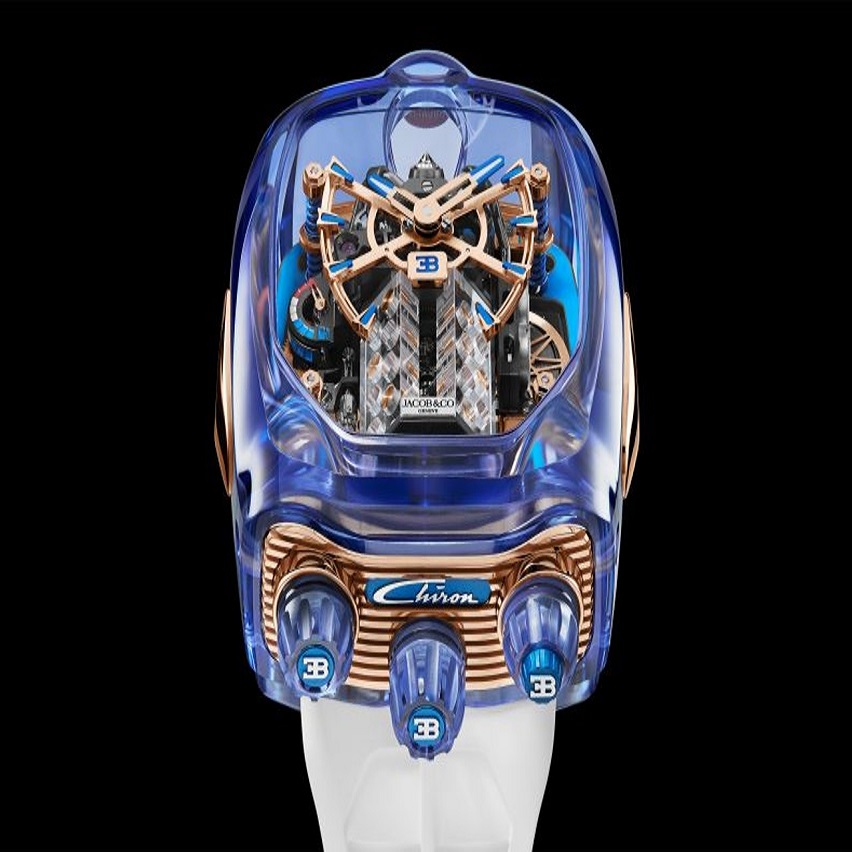
The Allure of Sapphire Crystal: Aesthetics
Sapphire, a variety of the mineral corundum, owes its captivating blue color to the presence of trace amounts of iron and titanium. However, when we speak of ‘sapphire crystal’ in the context of jewelry and horology, it typically refers to synthetic sapphire, which is chemically identical to natural sapphire but produced in a laboratory. This synthetic process allows for the creation of sapphire glass with unparalleled clarity and a wide range of colors beyond its natural blue.
The visual elegance of sapphire crystal lies in its transparency, high refractive index, and the way it interacts with light.
Durability: The Unbreakable Shield
One of the most celebrated attributes of sapphire crystal is its exceptional hardness. Measuring 9 on the Mohs scale of mineral hardness (just below diamond at 10), it is virtually scratch-resistant in everyday use. This makes it the material of choice for watch crystals, where it can withstand accidental knocks and scrapes without compromising the integrity of the timepiece. Watches equipped with sapphire glass maintain their pristine appearance for years, preserving not just the time but also the value and charm of the watch.
Beyond watches, sapphire crystal finds application in camera lenses, smartphone screens, and even as protective coatings in aerospace technology due to its incredible durability and resistance to extreme temperatures. Its ability to resist scratches from metal or sand particles makes it ideal for devices exposed to harsh environments.
Technological Marvel: Sapphire in Modern Applications
The 21st century has seen sapphire crystal playing an increasingly vital role in technology. Apple, for instance, experimented with sapphire glass for the iPhone’s camera lens and fingerprint scanner, recognizing its potential to provide superior protection against scratches and cracks. In the field of optics, high-end camera lenses utilize sapphire elements to ensure crystal-clear images, unhindered by scratches or abrasions over time.
Moreover, sapphire’s thermal conductivity and electrical insulation properties make it suitable for use in semiconductor manufacturing, particularly for LED substrates and specialized electronic components. Its non-porous nature also ensures resistance to corrosive chemicals, making it an ideal choice for laboratory instruments and medical equipment.
Crafting and Caring for Sapphire Crystal
Synthesizing sapphire crystal involves a complex process called the Verneuil process or Czochralski method, which results in large, flawless crystals. Maintaining sapphire crystal’s beauty requires minimal effort; regular cleaning with a soft cloth and mild soap solution is usually sufficient to keep it free from smudges and dirt. Avoiding harsh chemicals and abrasive cleaners is crucial to prevent any potential damage.
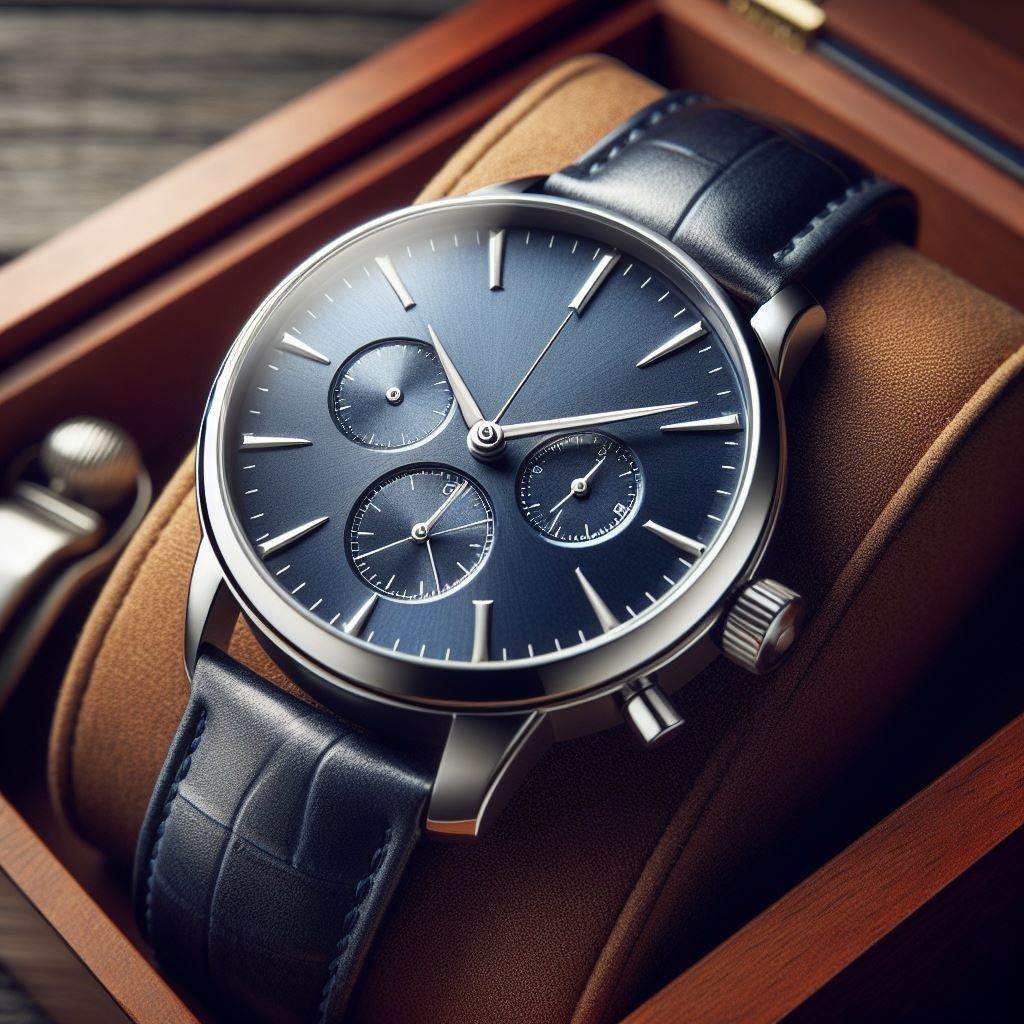
Sapphire Crystal in High-End Timepieces
Exceptional Durability and Scratch Resistance
This hardness translates into remarkable scratch resistance, making sapphire crystal an ideal choice for watch faces that endure daily wear.
Enhanced Optical Clarity
Sapphire crystal’s optical properties contribute significantly to its use in timepieces. The crystal’s high level of transparency ensures that watch dials are easy to read, with minimal distortion or color shift.
Resistance to Environmental Factors
In addition to its physical hardness, sapphire crystal is highly resistant to environmental factors such as temperature changes, humidity, and UV radiation. This resistance ensures that the crystal does not warp, crack, or discolor under varying conditions. For luxury watches, this means that sapphire crystal can withstand the rigors of daily wear, whether exposed to sunlight, water, or sudden temperature fluctuations, thereby maintaining its pristine condition over time.
Application in Advanced Complications
High-end timepieces often feature complex mechanisms and additional complications, such as perpetual calendars, moon phases, and chronographs. This transparency adds to the watch’s appeal, providing a window into the artistry and precision of its internal workings.
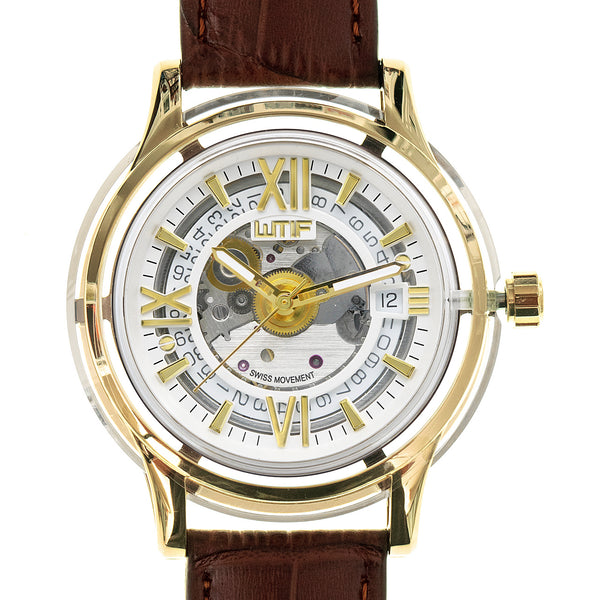
Sapphire Crystals in Technology
High-Tech Screens and Displays
Its scratch resistance and optical clarity make it an excellent material for smartphone screens, camera lenses, and other display surfaces. Sapphire crystals screens are less prone to scratches and damage compared to traditional glass, offering users a more durable and reliable interface for their devices.
Camera Lenses and Optical Components
The material’s high transmission rate and resistance to scratches make it ideal for lenses that require both durability and clarity. For cameras, this translates into sharper images and enhanced performance, even in challenging environments. Sapphire crystal’s use in optical components also extends to microscopes, telescopes, and other scientific instruments, where precision and durability are essential.
Aerospace and Military Applications
Sapphire crystal’s resilience and hardness make it suitable for demanding applications in aerospace and military technology. Its ability to withstand extreme conditions—such as high speeds, intense pressure, and exposure to harsh environments—ensures reliable performance and longevity. Sapphire’s robustness makes it an invaluable material in applications where precision and durability are critical.
Medical Devices
The medical field benefits from sapphire crystal’s unique properties as well. Its biocompatibility, durability, and resistance to corrosion make it an excellent choice for medical applications where precision and hygiene are paramount. Sapphire crystal’s ability to maintain its integrity and clarity under sterile conditions is crucial for ensuring accurate and effective medical procedures.
Maintenance and Care
Despite its impressive durability, sapphire crystals still requires proper care to maintain its optimal condition. Although sapphire crystals is highly resistant to scratches, it is not entirely immune to damage from extreme impacts or abrasive materials. Handling with care and protecting against harsh conditions will help preserve the crystal’s pristine appearance and functionality.
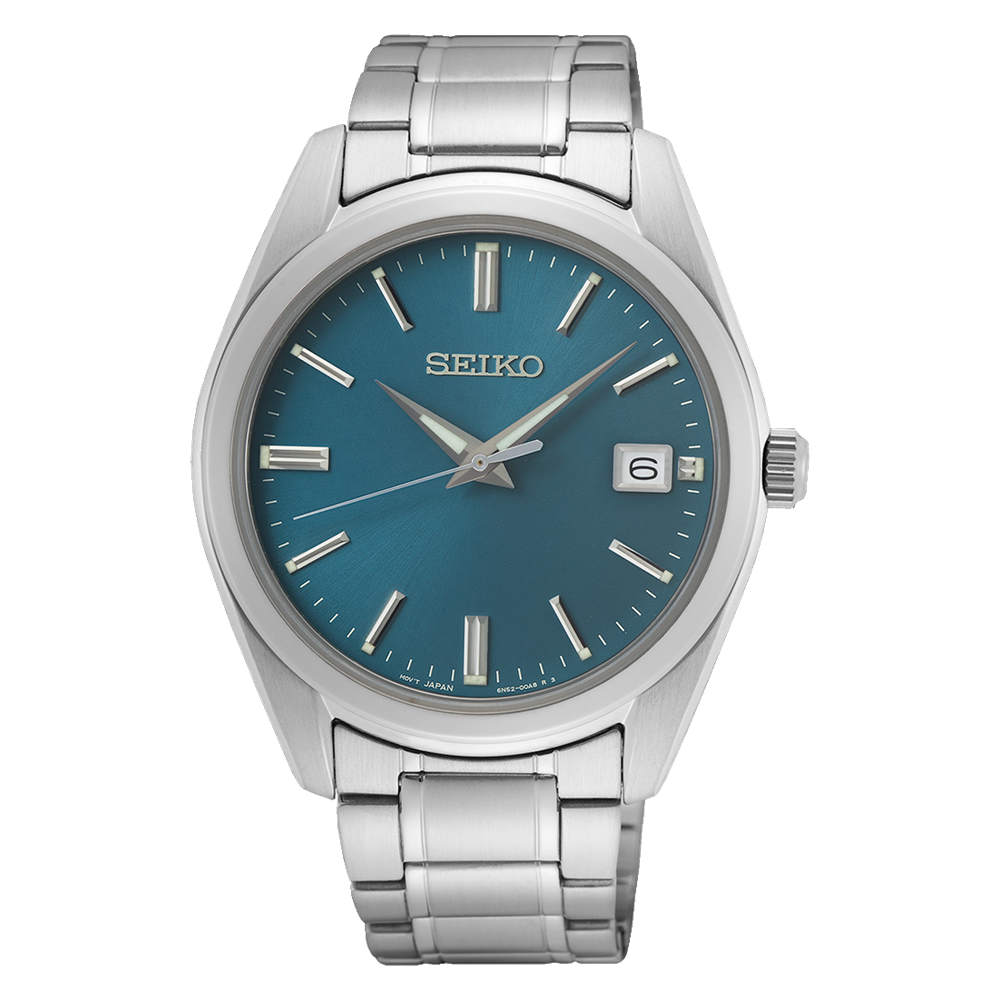
Conclusion
Sapphire crystals stands out for its elegance, durability, and versatility. Its remarkable properties make it a preferred material in luxury timepieces, high-tech devices, and fine jewelry. The combination of beauty and resilience ensures that sapphire crystals remains a timeless choice for those seeking both functionality and sophistication.
By understanding the attributes and applications of sapphire crystals, you can appreciate its role in enhancing the quality and longevity of various products. Whether you are a watch enthusiast, a technology aficionado, or simply someone who appreciates fine craftsmanship, sapphire crystals represents the ultimate fusion of elegance and durability.
